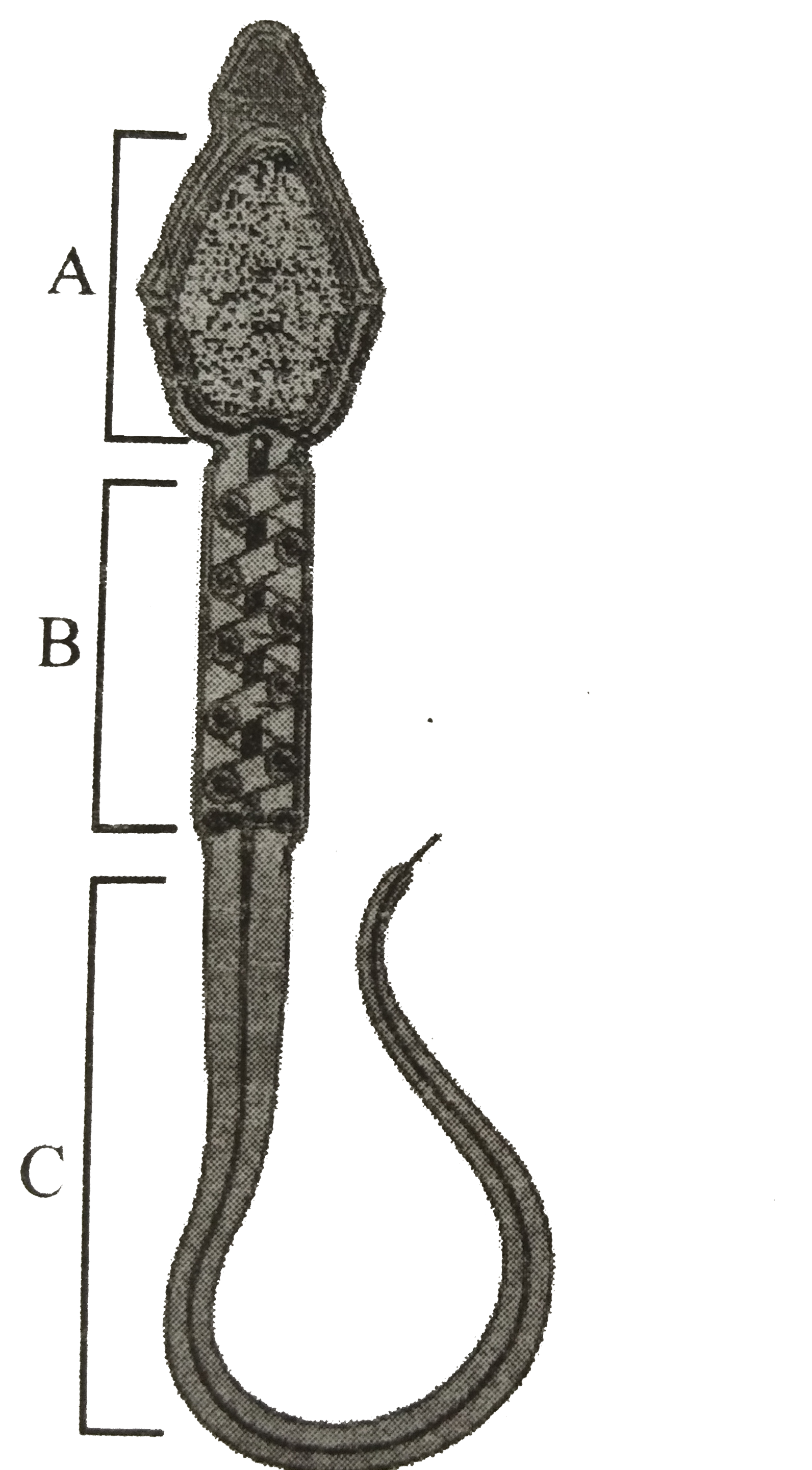Choose the correct regarding heating of S.
At 160∘, the S8 rings break and the diradicals so formed polymerise forming long chains of up to a million atoms
Due to heating viscosity decreases regularly
Due to heating viscosity increases regularly
at 200∘C all S8 molecule break up to S2.
The correct Answer is:A
To solve the question regarding the heating of sulfur, we will analyze each statement provided and determine their correctness based on the properties of sulfur when heated.
1. Understanding the Structure of Sulfur:
- Sulfur primarily exists as S8, which is a crown-shaped molecule. This structure is stable at room temperature.
Hint: Remember that S8 is the most stable form of sulfur at room temperature.
2. Heating Sulfur:
- When sulfur is heated to around 160 degrees Celsius, the S8 rings begin to break apart. This process generates sulfur radicals.
Hint: Focus on the temperature at which the S8 structure starts to break down.
3. Formation of Polymers:
- The radicals formed from the breaking of S8 can combine to form long chains of sulfur, which can consist of millions of atoms. This polymerization is a key characteristic of sulfur when heated.
Hint: Think about how radicals can react with each other to form larger structures.
4. Viscosity Changes:
- The second statement claims that viscosity decreases regularly with heating. However, when sulfur is heated between 160 to 200 degrees Celsius, the viscosity actually increases due to the formation of long chains.
- At temperatures exceeding 1000 Kelvin, the long chains break down into smaller molecules (like S2), resulting in a decrease in viscosity.
Hint: Consider how the physical properties of a substance change with temperature and molecular structure.
5. Evaluating the Statements:
- Statement A: Correct - At 160 degrees Celsius, S8 breaks down and forms long chains.
- Statement B: Incorrect - Viscosity does not decrease regularly; it increases in the 160 to 200 degrees Celsius range.
- Statement C: Incorrect - Similar to B, it incorrectly states that viscosity increases regularly.
- Statement D: Incorrect - S8 does not break down to S2 at 200 degrees Celsius; this occurs at much higher temperatures (around 1000 Kelvin).
Hint: Cross-check each statement with the information about sulfur's behavior when heated.
6. Conclusion:
- The only correct statement regarding the heating of sulfur is Statement A.
Final Answer:
The correct statement regarding the heating of sulfur is Statement A.
- Sulfur primarily exists as S8, which is a crown-shaped molecule. This structure is stable at room temperature.
- When sulfur is heated to around 160 degrees Celsius, the S8 rings begin to break apart. This process generates sulfur radicals.
- The radicals formed from the breaking of S8 can combine to form long chains of sulfur, which can consist of millions of atoms. This polymerization is a key characteristic of sulfur when heated.
- The second statement claims that viscosity decreases regularly with heating. However, when sulfur is heated between 160 to 200 degrees Celsius, the viscosity actually increases due to the formation of long chains.
- At temperatures exceeding 1000 Kelvin, the long chains break down into smaller molecules (like S2), resulting in a decrease in viscosity.
- Statement A: Correct - At 160 degrees Celsius, S8 breaks down and forms long chains.
- Statement B: Incorrect - Viscosity does not decrease regularly; it increases in the 160 to 200 degrees Celsius range.
- Statement C: Incorrect - Similar to B, it incorrectly states that viscosity increases regularly.
- Statement D: Incorrect - S8 does not break down to S2 at 200 degrees Celsius; this occurs at much higher temperatures (around 1000 Kelvin).
- The only correct statement regarding the heating of sulfur is Statement A.
The correct statement regarding the heating of sulfur is Statement A.
Topper's Solved these Questions
- THE P-BLOCK ELEMENTSBOOK - AAKASH INSTITUTE ENGLISHCHAPTER - THE P-BLOCK ELEMENTSEXERCISE - Assignment Section-I)
16 Videos
- THE D AND F-BLOCK ELEMENTS BOOK - AAKASH INSTITUTE ENGLISHCHAPTER - THE D AND F-BLOCK ELEMENTS EXERCISE - Assingment ( Section-J Aakash Challengers Questions )
10 Videos
- THE S-BLOCK ELEMENTSBOOK - AAKASH INSTITUTE ENGLISHCHAPTER - THE S-BLOCK ELEMENTSEXERCISE - Assignment (Section-J)
10 Videos
Similar Questions
Knowledge Check
Choose the correct option regarding retrovirus
AAn RNA virus that can synthesise DNA during infectionBA DNA virus that can synthesise RNA during infectionCA ssDNA virusDA dsRNA virus
Choose the correct option regarding the product .

View Solution
Choose the correct option regarding this figure of sperm ?
View SolutionChoose the correct pair regarding ionisation energy (IE1)
View SolutionChoose the correct option(s)
View SolutionChoose the correct option regarding retrovirus
View SolutionChoose the correct statement regarding the microbes-
View SolutionChoose the correct option regarding retrovirus
View Solution
